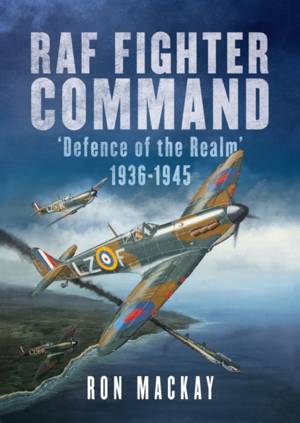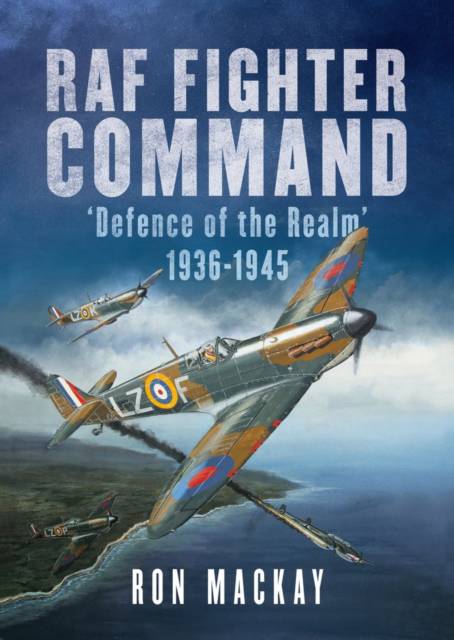
- Afhalen na 1 uur in een winkel met voorraad
- Gratis thuislevering in België vanaf € 30
- Ruim aanbod met 7 miljoen producten
- Afhalen na 1 uur in een winkel met voorraad
- Gratis thuislevering in België vanaf € 30
- Ruim aanbod met 7 miljoen producten
Zoeken
€ 62,95
+ 125 punten
Omschrijving
Royal Air Force Fighter Command's brief was to provide an effective aerial barrier to any attempt at domination of British skies. The aircraft and technical resources on hand between 1936 and WWII's initiation were thankfully improved to a level that was barely sufficient to withstand the hitherto unchallengeable Luftwaffe's advance across Western Europe. Between 1940 and 1942 the Command generally found itself on the back-foot in terms of overall success. The introduction of aircraft designs that would change the situation, however costly, in its ultimate favour, featured prominently from the mid-point of WWII. The Luftwaffe found itself being challenged and regularly bested 'round the clock'; by the advent of D-Day the Command's efforts had materially contributed to the Allied on-surge that had placed its adversary on a permanent downward spiral towards total extinction.
Specificaties
Betrokkenen
- Auteur(s):
- Uitgeverij:
Inhoud
- Aantal bladzijden:
- 528
- Taal:
- Engels
Eigenschappen
- Productcode (EAN):
- 9781781557273
- Verschijningsdatum:
- 21/11/2019
- Uitvoering:
- Hardcover
- Formaat:
- Genaaid
- Afmetingen:
- 173 mm x 249 mm
- Gewicht:
- 1456 g

Alleen bij Standaard Boekhandel
+ 125 punten op je klantenkaart van Standaard Boekhandel
Beoordelingen
We publiceren alleen reviews die voldoen aan de voorwaarden voor reviews. Bekijk onze voorwaarden voor reviews.











